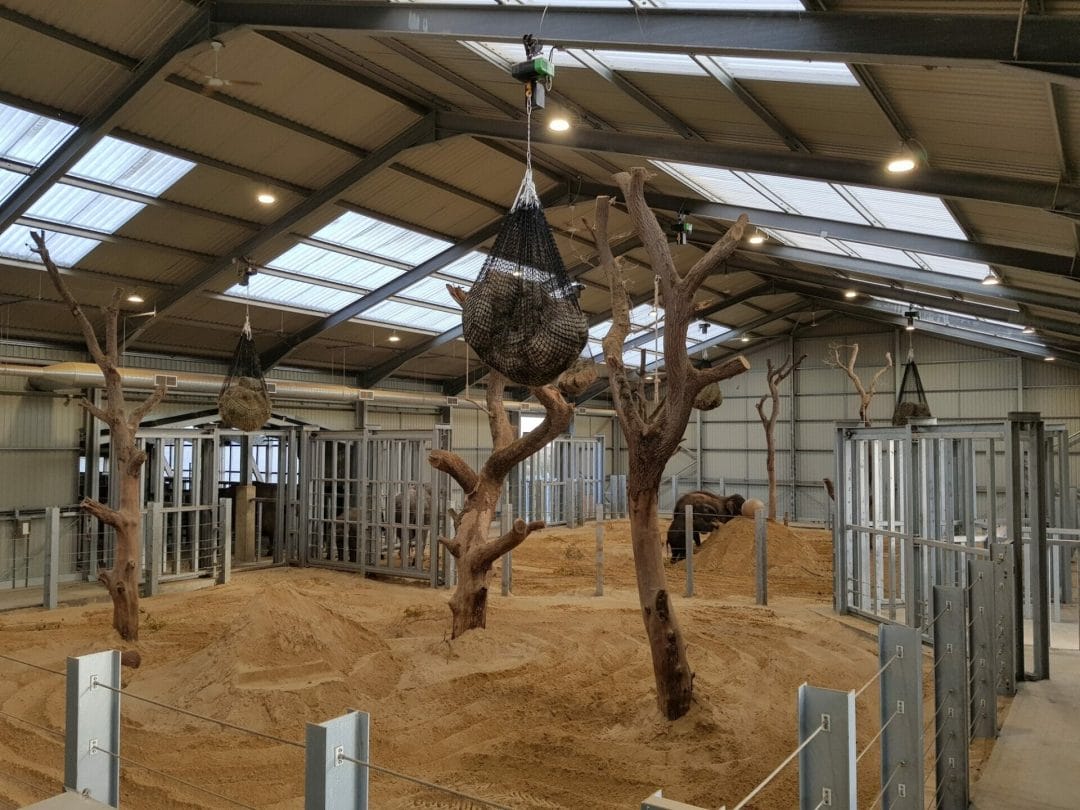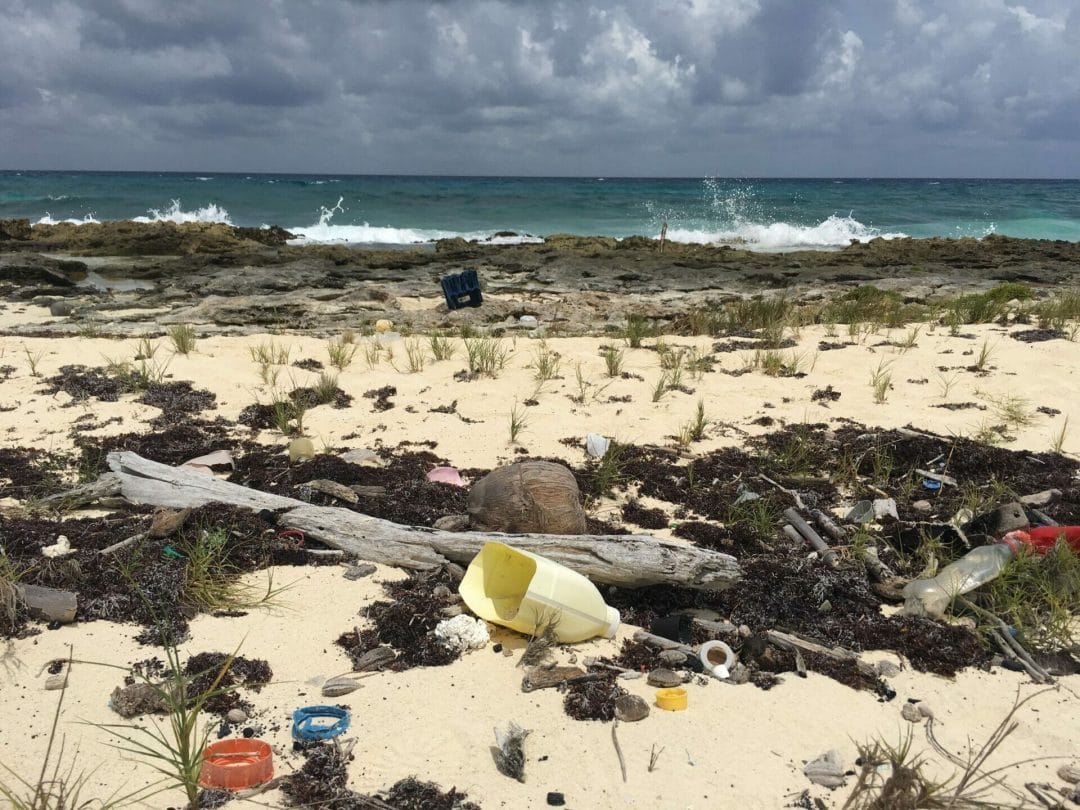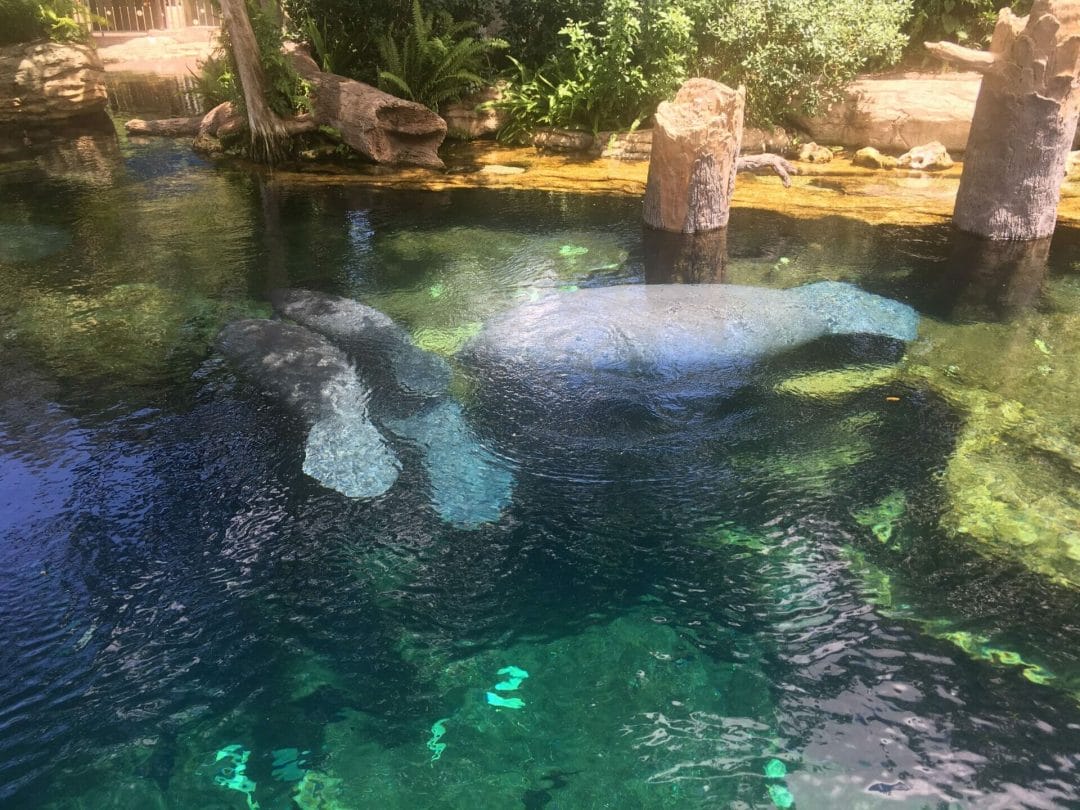The use of zoos and keeping of animals in artificial habitats has always been a controversial and polarising subject with plenty of arguments both for and against the practice. Since the equally controversial “documentary”, Blackfish in 2013, public opinion has no doubt been swayed against the idea of keeping animals in captivity. But without zoos where would our future generations be inspired about the animal world around us? Instead of bashing zoos for perceived failings, is it not time that we realise the good work that they do towards educating us and conserving species that are on the brink of extinction?

Complimenting the 20 acres of paddocks, the brand new £2million Centre For Elephant Care at ZSL Whipsnade in Bedfordshire, UK adds 700² meters of indoor space for the elephants to laze around and play in.
For all of Blackfish’s failings it did re-energise the conversation about captive breeding and that’s a good thing. There’s no question that some zoos are run down and don’t serve either the public or the animals entrusted in their care. But the vast majority do great conservation work. Perhaps more importantly they also educate us about the world we live in. Your visit supports that conservation work.
They are a reminder that this world we live on is not ours to do with as we please. We have to learn to share our planet with all the mammals, insects and birds because everything is interconnected. We simply can’t go on as we have been. Attitudes can and must change.

Big cats are always a big draw at zoos. Even on a safari, its impossible to get as close to lions as you can while observing them eyeball to eyeball with your family in an enclosure.
A Zoo’s Primary Goal
That change starts with a zoo’s primary goal; EDUCATION. Future generations need to understand the fragile state of the world we live in. Text books and videos in sterile classrooms can only go so far. To truly get children engaged in the subject they are learning they need to see things in action.
I don’t think anyone would disagree that seeing animals in their natural habitat should be paramount. But if you’re studying penguins, a quick trip to Antarctica, South America or South Africa simply isn’t feasable from a monetary or time standpoint.
I remember very little of my time at school when sitting in classroom after classroom. I remember more staring out the window wondering what was out there. Feelings of dread for what was next or anxious that I hadn’t completed my homework on time. But I do remember the school trips. Week long stays for my French and German language courses. Short day trips to a local quarry for my geology class. A couple of visits to Portsmouth historic Docks while studying about Napeoleon in my history class or watching the changing seasons through 4 visits to our local agricultural college for my geography class.

Seeing some animals in their natural habitats, like these penguins, is simply not feasible for most people.
I’m not saying that textbooks aren’t important but, for the vast majority of children, they can only be one piece of the whole picture. Zoos play a vitally important role in educating children about the greater world.
Zoos & Conservation
A lot of great work that zoos undertake with the money they bring in through visits and donations goes unheard. Just because we don’t her about it doesn’t mean that it isn’t happening. Far from zoos being competing entities, which to a degree they are in terms of visitors, zoos collaborate in the exchange of research and animals for the greater good of the animals.
They fund studies of everything from bacterial infections, deforestation and the single use plastics argument. All the data collected helps our understanding of the effect on a species and their habitat. Zoos break down these mammoth papers into manageable chunks and display them visually for us. The more striking the message the bigger the point and the more visual the better. By teaching future generations about the plight some of the worlds animals are facing we can help change decades old habits.

Waste plastic sits on a beach in Mexico, washed up thousands of miles from where it was originally purchased.
I’m not talking about saving a species that died out millennia ago of natural selection long before we showed up. I’m talking about the silent catastrophe floating around our oceans. Thousands of tonnes of plastic are poisoning and choking fish that we eat. Fish stocks that have been over farmed to the point of near extinction in places also now have to contend with our thoughtless reliance on convenience. Or the treehouse gasses we pump into our atmosphere at unsustainable levels helping to fuel the acceleration of global warming.
Seaworld’s funding and care programme for injured Manatee, a docile animal brought to the brink of extinction, has educated the public to the plight of these animals. The vast majority of visitors to Seaworld parks will have never heard of these animals without the spotlight shone on them by Seaworld through groundbreaking attraction design and the associated care programme that visitor entrance fees support.

The Florida Manatee could have died out without the intervention and education of its plight by Seaworld.
By working together, funding research and educating the wider public, zoological societies are like silent guardians of our animal kingdoms. They inspire future generations of biologists, conservationists and scientists to be the best they can be. Through exhibits, classes and displays they give a voice to the animals that can’t communicate with us directly.
 Copyright secured by Digiprove © 2017
Copyright secured by Digiprove © 2017


